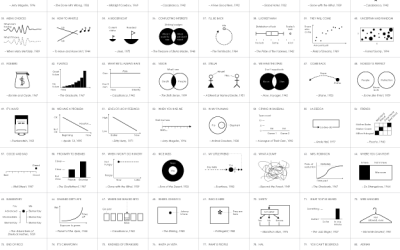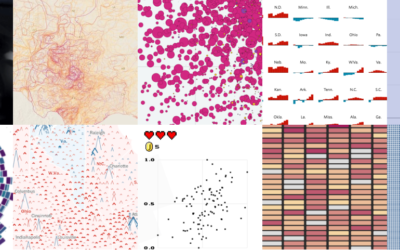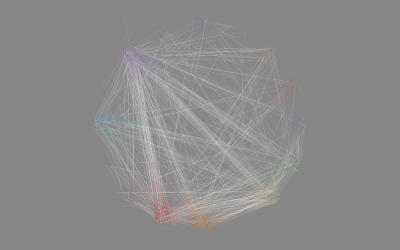Minimum Wage and Cost of Living
We already looked at minimum wage over time and saw how some states match the federal limit, some pay above, and others have no limit. But when it comes to geography and income, you also have to consider the cost of living.
One dollar in Kentucky or Arkansas won’t get you as much in Hawaii or California, because it costs more to live in the latter states.
The Bureau of Economic Analysis has an estimate for this difference. It’s called Regional Price Parity, which considers spending in each state and compares it against national price levels. Each estimate is expressed as a percentage.
For example, Hawaii had the highest RPP in 2019 at 119.3, meaning the cost of goods and housing was 19.3% higher than national price levels.
If we use the RPP to estimate the value of $100 in each state and plot the result against minimum wage over time, we get the chart below.
Generally speaking, the states that are more expensive to live in have a higher minimum wage to compensate. In contrast, the states with no minimum wage tend to have a lower cost of living.
The sweet spot is that upper right quadrant where both minimum wage and value of your dollar are relatively high. While no states make it all the way to the top right, Arizona is looking decent in that regard. Going the other direction, if I were living on minimum wage, I might want to steer clear of New Hampshire.
Become a member. Support an independent site. Get extra visualization goodness.
See What You Get






